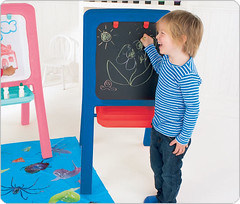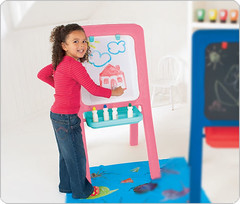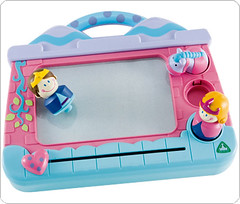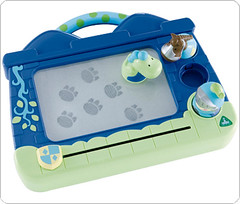There are many worlds lurking under the surface of our daily existence, both magical and unsavoury, and one of them is pregnancy. The two blue lines on the test are a bit like getting that letter from Hogwarts to say you're special, and you are about to enter a steep learning curve involving complicated ritualistic jargon, transformation of your body up to the bounds of physical impossibility, potent and behaviour-altering hormonal potions as well as spiritual visions tacked on to your everyday consciousness, and of course training for the final battle of labour, where life and destruction collide.
However, the subject of this post is how we pregnant women are viewed in society and that part of our gender regime which governs fecundity.
We have just about emerged from the sailor-collar-and-tent Princess Di maternity look where maternity clothes actually tried to minimise the bump in a kind of modesty drive, and where the pregnant woman was a kind of non-sexual being, looking as if she was on her way to baptism by immersion, robed up and ready for surgery or rebirth. Now you can have your bump out, well not usually as out as
this but at least a tight-fitting top is an option.
As someone who is heavily pregnant but walks in a jaunty, unencumbered manner down Amsterdam streets and in local neighbourhood, these are the reactions you get:
Anyone over 65: kind, sentimental smile, tells you to enjoy it while you can
Young men: terrified, ignore, ignore, ignore. There might be a leak. Avert eyes.
Younger family men: quick medic-style visual assessment of bump, rapid worried eye contact.
Older family men: Cynical smile bordering on the suggestive, visual assessment of breast growth, more likely to attempt to stroke bump
Young women: giggle helplessly, glance at bump, look away, giggle
Women with small children: pure pity, on the point of offering help of some kind
Other pregnant women: unashamed mutual fascination and longing to co-emote
Older women who probably have school age/teenage children: knowing stare with more of a gloat to it, never, ever, give up their seats on the bus.
Now we move on to any medical personnel who are aware that you are pregnant. They display a very calm manner but they always make sure they are facing you and there is an edge to their voice like a metaphorical hypodermic held behind their back, as if dealing with a large chimp trained to be with humans from birth but always with that risk that they might lose it and rip your arm off.
Once you're in labour in a hospital, you really are treated like a brain donor. When I gave birth last time, I questioned or refused certain interventions, and asked for more time for things to progress naturally. The doctor, for whom it was her first day working in the hospital, was beyond incredulous at my attitude. She could not believe it when I reminded her that she as a medical professional was recommending a certain course of action, and I would let her know whether or not I was all right with that. It was unfortunate that my statement had to be delivered to her in the form of hysterical yelling, but then I was in a lot of pain and truly hysterical; those words came from the womb.
I looked up the human rights implications of being in labour, and found that as with any hospital patient, a woman in labour can refuse treatment, but there is a particularly strong culture of pressurising women into whatever routine interventions make life easier for the hospital, rather than leading to a better birth outcome. After all, if you have a rampant chimpanzee in pain roaming your hospital corridor, they can't get as far if they're hooked up to a drip.
In summary, pregnant women's bumps are a locus for people's hopes, fears, something to rest their beer glasses of personal philosophy on. Society sees us as temporarily both vulnerable and slightly dangerous, a powder keg, due either to explode or just to ooze something unknown and distasteful on to the seat below, morally superior (unless caught swigging a beer: I had to laugh at the little picture of a pregnant woman with a line through her which is now depicted on bottles of wine and the stronger Belgian beers), sexually off-limits, our impending and inevitable surrender in labour and motherhood evoking awe and pity and reminding people of their own final surrender to death, or just life.




